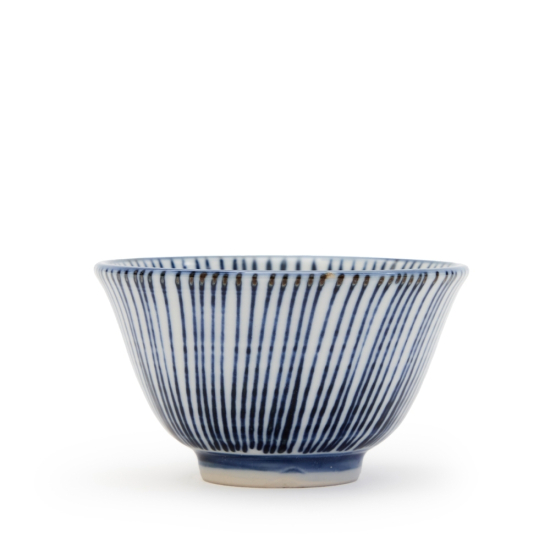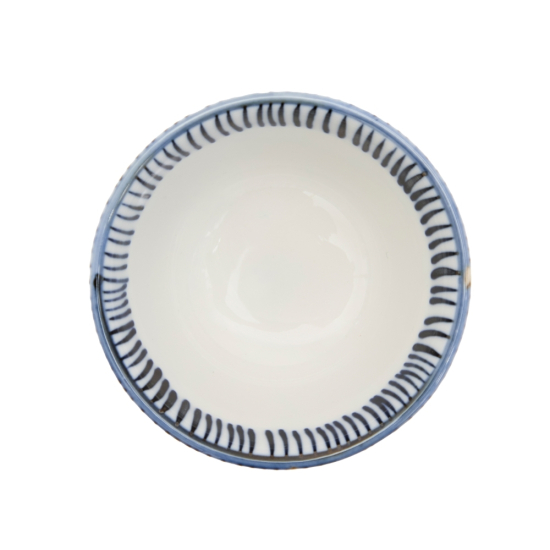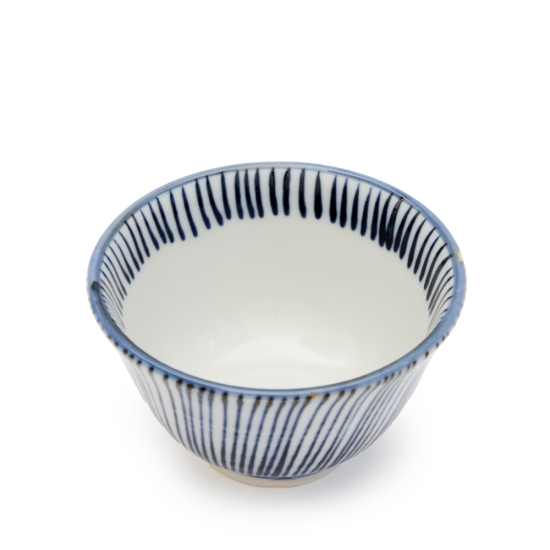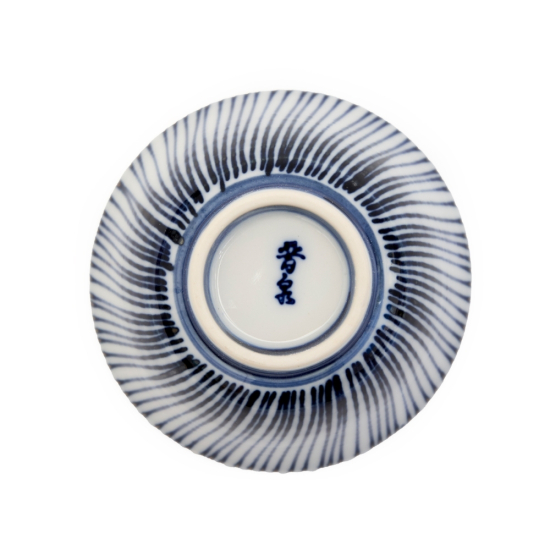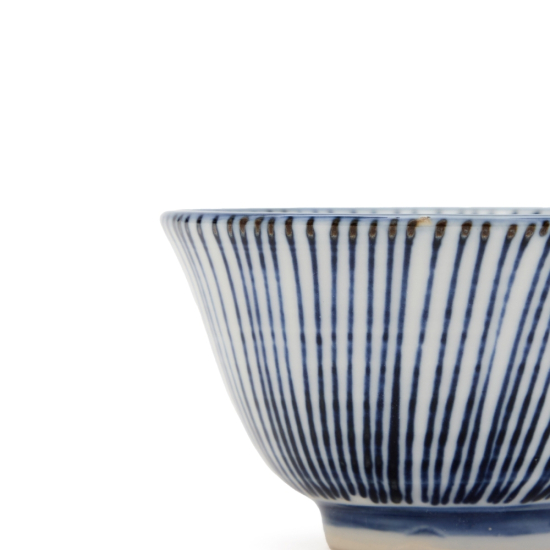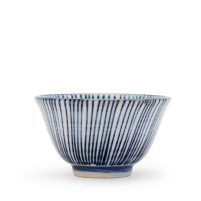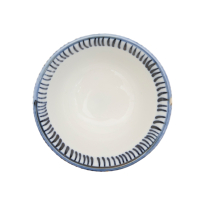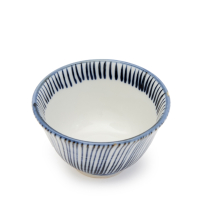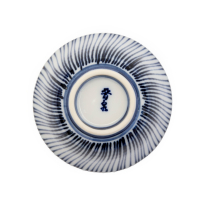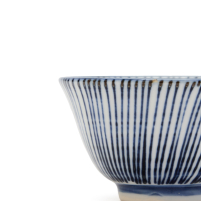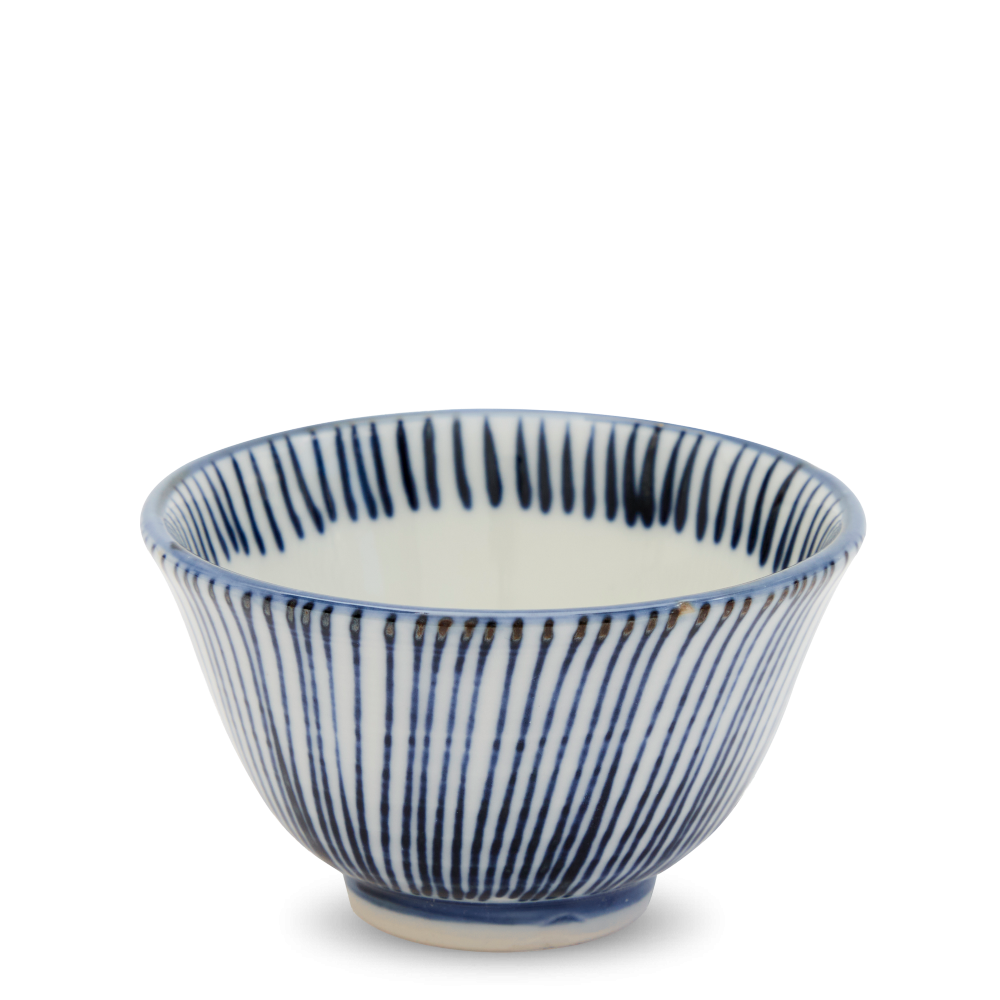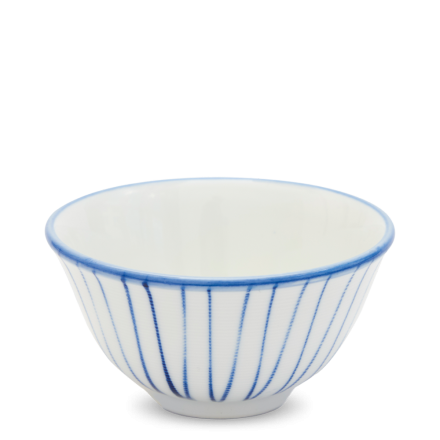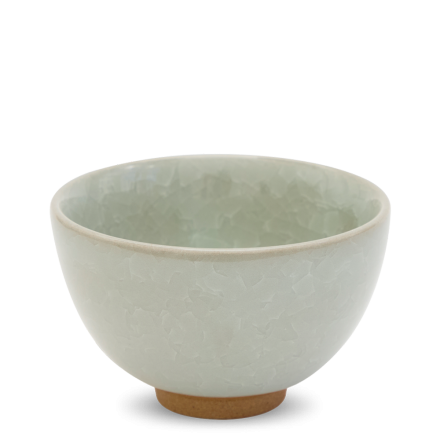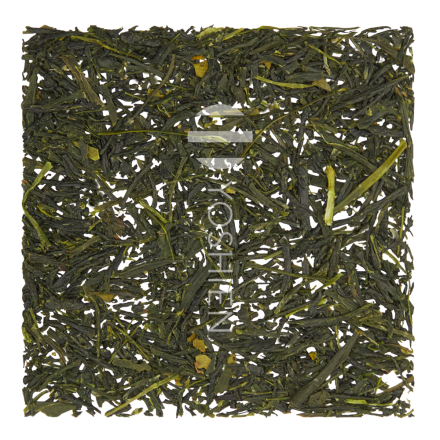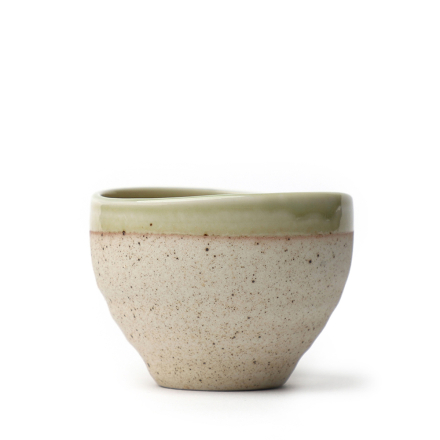One of the Six Ancient Kilns of Japan, pottery has been produced for over a 1000 years in and around the city of Seto, Aichi prefecture. Seto wares, also known as Seto-yaki or Setomono, covers a wide variety of styles and glazes including yellow Kiseto, black Setoguro, ash glazes, Shino and Oribe wares, as well as porcelain.
Sometsuke 染付け
Japanese blue-and-white pottery is known as Sometsuke, literally “dye applied”, because the colour was likened to traditional indigo-dyed linen. The ceramics are decorated by hand, stencil or transfer-print with a blue pigment, traditionally cobalt oxide, over which a transparent glaze is then applied. Once fired, the underglaze decorations become a vivid shade of blue. This method originated during China’s Song dynasty (960-1279) and is believed to have been perfected around the beginning of the Ming dynasty (1368-1644). Blue-and-white pottery was introduced to Japan at the start of the 17th century in the form of export Tianqi, or Ko-Sometsuke ("Old Sometsuke"), porcelain from Jingdezhen, which was imitated in the kilns at Arita before spreading to other areas including Kyoto, Seto, Hasami and Mikawachi, each developing their own unique variations of Sometsuke.



